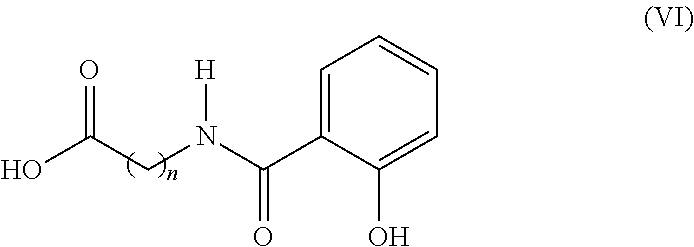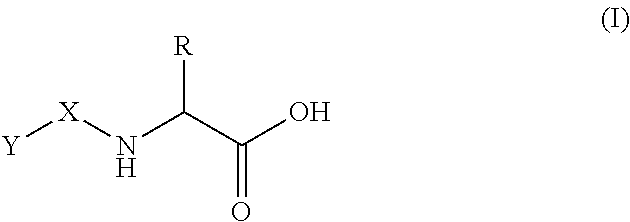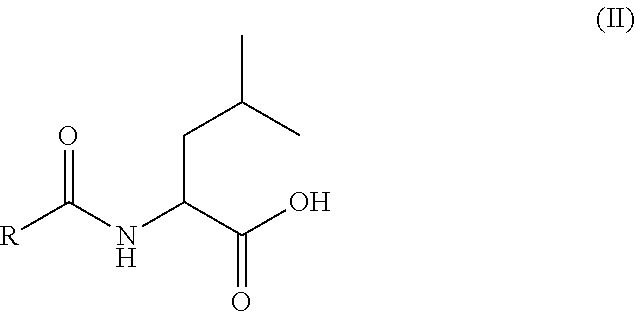Use of oral heparin preparations to treat urinary tract diseases and conditions
a technology of oral heparin and preparations, which is applied in the direction of pharmaceutical active ingredients, organic active ingredients, drug compositions, etc., can solve the problems of pelvic pain, frequency or incontinence, one or more lower urinary tract symptoms, pain, urge,
- Summary
- Abstract
- Description
- Claims
- Application Information
AI Technical Summary
Benefits of technology
Problems solved by technology
Method used
Image
Examples
Embodiment Construction
[0040]An improved method of treatment of LUDE or a disease, condition, or syndrome associated with LUDE, including interstitial cystitis, employs the oral administration of heparin.
[0041]In general, a method according to the present invention comprises the step of administering orally a pharmaceutically effective quantity of heparin to a patient in need of treatment for LUDE or a disease, condition, or syndrome associated with LUDE in order to treat LUDE or a disease, condition, or syndrome associated with LUDE.
[0042]Diseases, conditions, or syndromes associated with LUDE include, but are not limited to, interstitial cystitis (IC), overactive bladder (OAB), prostatitis (CP / CPPS), urethral syndrome (US) and gynecologic chronic pelvic pain (CPP).
[0043]Heparin exists in a variety of forms characterized by different degrees of sulfation. Typically, heparin has a molecular weight of from about 2 kDa to about 40 kDa. Heparin is characterized by repeating units of disaccharides containing ...
PUM
| Property | Measurement | Unit |
|---|---|---|
| Mass | aaaaa | aaaaa |
| Mass | aaaaa | aaaaa |
| Mass | aaaaa | aaaaa |
Abstract
Description
Claims
Application Information
 Login to View More
Login to View More - R&D
- Intellectual Property
- Life Sciences
- Materials
- Tech Scout
- Unparalleled Data Quality
- Higher Quality Content
- 60% Fewer Hallucinations
Browse by: Latest US Patents, China's latest patents, Technical Efficacy Thesaurus, Application Domain, Technology Topic, Popular Technical Reports.
© 2025 PatSnap. All rights reserved.Legal|Privacy policy|Modern Slavery Act Transparency Statement|Sitemap|About US| Contact US: help@patsnap.com



